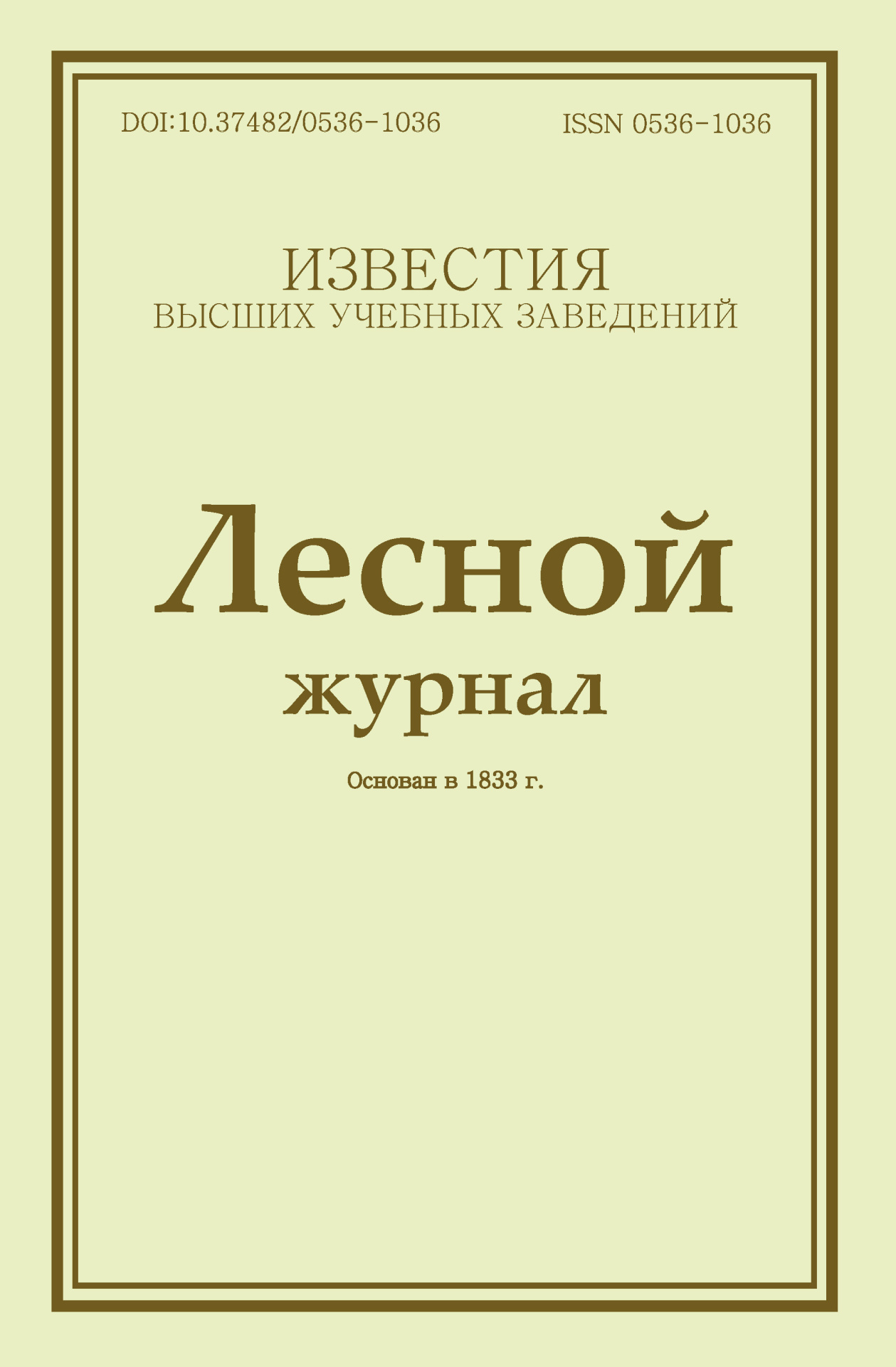Legal and postal addresses of the founder and publisher: Northern (Arctic) Federal University named after M.V. Lomonosov, Naberezhnaya Severnoy Dviny, 17, Arkhangelsk, 163002, Russian Federation Editorial office address: Journal of Medical and Biological Research, 56 ul. Uritskogo, Arkhangelsk Phone: (818-2) 21-61-00, ext.18-20
E-mail: vestnik_med@narfu.ru ABOUT JOURNAL
|
Section: Medical and biological sciences Download (pdf, 2.5MB )UDC615.273.53.03(470.11)AuthorsRogozina Aleksandra SergeevnaPostgraduate Student, Northern State Medical University (Arkhangelsk, Russia) Vorobyeva Nadezhda Aleksandrovna Northern State Medical University; Northern Branch of the Hematology Research Centre, Russian Academy of Medical Sciences (Arkhangelsk, Russia) AbstractVitamin K antagonists are used to prevent and treat thrombosis, including that in patients with artificial heart valves, atrial fibrillation and thrombosis of various localization. This paper aimed to determine the levels of thrombin–antithrombin, thrombin, and homocysteine in patients with atrial fibrillation and deep vein thrombosis, taking vitamin K antagonists. The study included 46 patients, both men and women, aged 54 years (from 21 to 76 years). The first group of patients had deep vein thrombosis (n=37), the second – atrial fibrillation (n=9). We evaluated the content of thrombin–antithrombin, thrombin, and homocysteine in the blood serum originally (on the first day) and on the 6th month of warfarin therapy. The initial values had no statistically significant differences between the groups, with the exception of thrombin–antithrombin levels, which were higher in patients with deep vein thrombosis (p < 0.05) than those in patients with atrial fibrillation. After a six month’s warfarin therapy, patients with atrial fibrillation showed a decrease in thrombin level (p < 0.05), while the level of thrombin–antithrombin stayed unchanged (p > 0.05). In patients with deep vein thrombosis, the level of thrombin remained the same (p > 0.05) while the level of thrombin-antithrombin was statistically significantly higher (p > 0.05). All patients showed high homocysteine levels, which can be explained by their diet excluding green plants and vegetables, i.e. deficient in folic acid and B vitamins.Keywordsthrombin, thrombin–antithrombin, homocysteine, warfarin, thrombosis, atrial fibrillationReferences
|
Make a Submission
INDEXED IN:
|
Продолжая просмотр сайта, я соглашаюсь с использованием файлов cookie владельцем сайта в соответствии с Политикой в отношении файлов cookie, в том числе на передачу данных, указанных в Политике, третьим лицам (статистическим службам сети Интернет).




.jpg)

